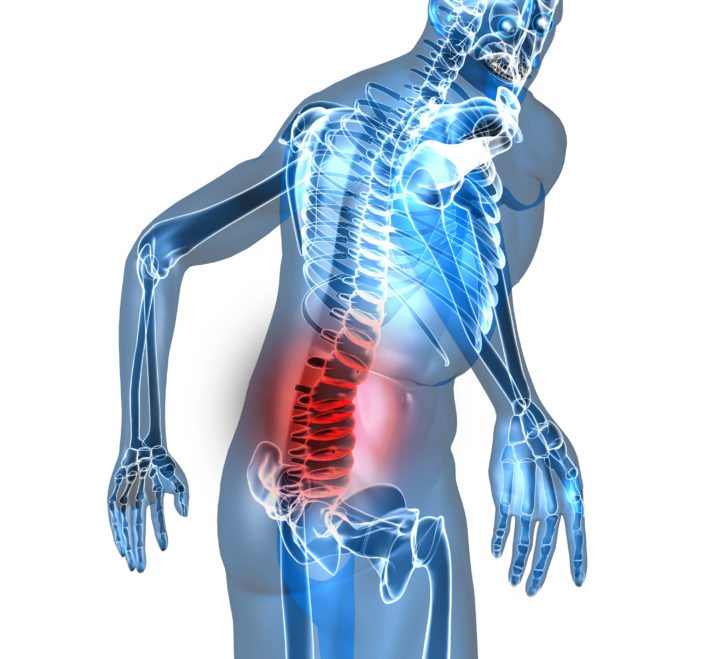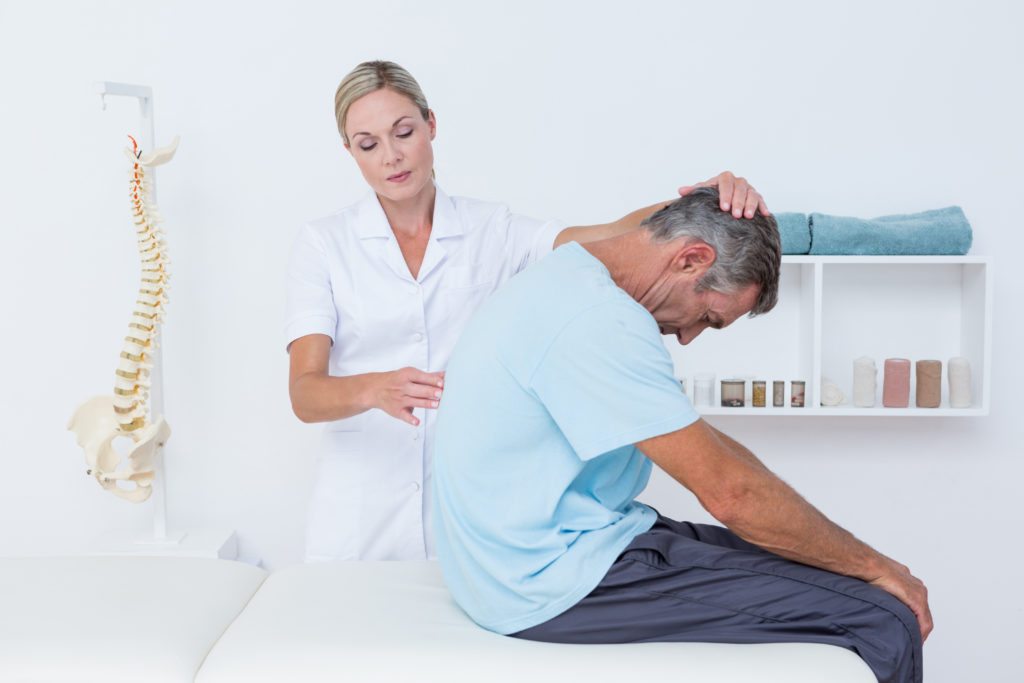If you have recently been given the diagnosis of lumbar stenosis or had a friend suggest that you might have this condition, you likely have plenty of questions. This introduction will help you to understand what the condition is, how it is diagnosed, and your treatment options.
What is lumbar stenosis?
Spinal stenosis can occur throughout your vertebrae, with lumbar stenosis focusing specifically on your lower back or lumbar area. It is often caused or related to some type of degenerative disease, such as osteoarthritis.
The spinal column itself narrows, which can create uncomfortable pressure on the nerves running through that part of the spine. One common cause is extra
bone tissue growing inside of the vertebrae. The ligaments, which are connective tissues, can become thicker as you age.
Another potential cause of excessive pressure is the discs between the bones pushing into them. Any of these reasons can cause serious pain in your lower back. Additionally:
- Paget’s disease of bone.
- Certain infections of the bone and surrounding tissues.
- Tumors
- Un-diagnosed metabolic bone disorder
Common symptoms associated with stenosis in the lumbar region include:
- Numbness (continual and intermittent)
- weakening legs
- stiff muscles in the lower back, buttocks, thighs and legs
- cramps
- continual or shooting pains
- loss of bladder or bowels (serious cases only)
Diagnosing the Pain
If you have not been diagnosed but suspect that you are experiencing spinal stenosis, you should visit your primary care physician. There are multiple tests that can be run including bone scans and x-rays. Others might include:
- MRI
- CT scan
- nerve conduction testing
- EMG
In addition to a physical exam and review of personal and family history, the doctor can determine if this is the case. Once diagnosed with lumbar stenosis, you will need to begin treating your condition through lifestyle changes. Various options are available for you to explore, and you should make certain that you understand each when planning.
Although there are surgical options for the treatment of all types of spinal stenosis, most patients prefer to work with behavior modification and natural forms of treatment first. In many cases, men and women are able to avoid the invasive surgical procedures sometimes suggested by doctors.
Physical Exercise
First of all, if you do not currently participate in an exercise routine, you need to start. Stationary bikes are considered a comfortable cardio workout by those with lumbar stenosis. You might also want to consider working with a yoga instructor who is familiar with your condition and can provide specific sequences for you to improve the health of your lumbar region.
In fact, yoga or Pilates is something that everyone with lumbar issues should add to their routine. These workouts will strengthen the muscles in your tummy, sides, and back. The visible and deep muscles are targeted and will give you a strong and stable core. This can loosen some tightened areas in your lumbar region and help to relieve some pain.
Another exercise that can be done to boost your back health is swimming. Being in the water reduces the amount of stress your spine is under while giving you an excellent workout.
Visit a Chiropractor for Relief
If you have lumbar stenosis or other chronic pain, regular visits to a chiropractor are in order. These men and women can use a technique known as subluxation of the spine to help relieve the pressure and pain.

Because it has taken a long time for the tissues to become this way, you will likely need multiple chiropractic sessions to experience the most benefits from it. Your chiropractor will likely suggest flexion-based exercises for you to use in conjunction with your treatments.
You should also schedule some time with a certified physical therapist. It is possible that your insurance company will cover several visits to the therapist when you are first diagnosed. If not, you can consult with a therapist, and they will help provide you with a home treatment you can use as a part of your treatment plan.
Diet Changes
Make sure that you eat healthy foods if you are experiencing any type of stenosis. Foods that cause inflammation should be avoided because they will only exacerbate your symptoms. On top of that, you should include these anti-inflammatory foods in your diet:
- ginger
- salmon
- herring
- turmeric
- pineapple
- papaya
- blueberries
- beets
- broccoli
- garlic
- onions
While you don’t have to eat all of these each day, if you eat from the list daily, it will have a positive impact on your health.
Make sure that you rest well at night to reduce the amount of pain you experience. Start by establishing a healthy nightly routine that will prepare your body and mind for rest. Avoid using any technology in the half-hour before bedtime and consider meditation or a similar practice.
Replace your bed and pillows if necessary to ensure that you are able to hold your body in a good position all night long. Talk to your doctor about the best way for you to accomplish this based on your current sleeping patterns and needs.
If you are overweight or a smoker, take care of the problem today. Both of these can interfere with rest, increase inflammation, and cause pain. Believe in yourself and find the tools necessary to help you make the necessary life transformation. Otherwise, you will likely continue to experience extreme spinal pain.
